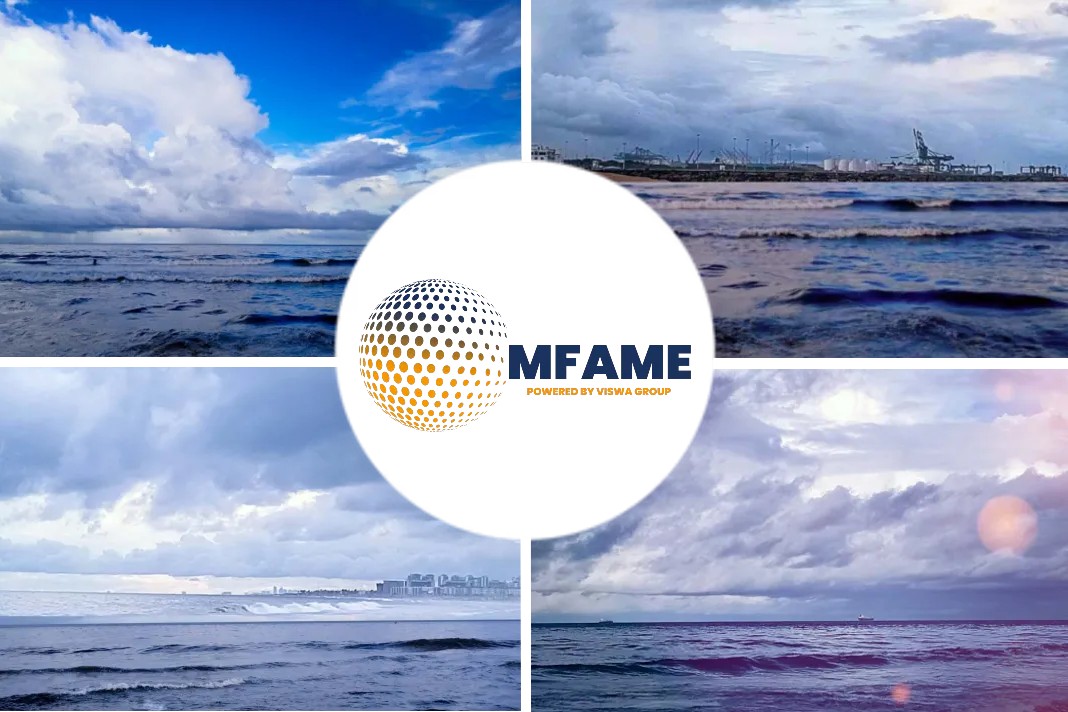- shipping chaos gives top importers ‘massive competitive edge’
- unprecedented spread in spot prices in trans-Pacific trade
- the largest importers are paying far lower freight rates than smaller importers
- a price differential of $15,000 [per forty-foot equivalent unit or FEU] between the lowest short-term price in the [trans-Pacific] market and the top price
The Asia-U.S. container market is now in a class by itself, with the trans-Pacific eastbound trade pricing differently than any other route in the world says an article on Freight Waves.
Trans-Pacific spot pricing
Stimulus-driven demand is so high compared to capacity — not just capacity of ships and boxes but of ports, trucks, rail, and warehouses — the high-low spread of trans-Pacific spot pricing has ballooned.
Uneven rates
The largest importers are paying far lower freight rates than smaller importers, the playing field is becoming increasingly uneven, and foreign ocean carriers are in a position to pick the American import sector’s winners and losers.
Analyzing price difference
“We’re seeing a price differential of $15,000 [per forty-foot equivalent unit or FEU] between the lowest short-term price in the [trans-Pacific] market and the top price,” said Erik Devetak, chief product, and data officer of Xeneta, a Norwegian company that analyzes freight rates, during a press conference on Thursday.
Massive competitive edge
“This implies a huge competitive advantage for established players, which has consequences across the economy and for everyday life, and also, from a point of view of lowering competition and increasing barriers to entry for future competitors.” Patrik Berglund, CEO of Xeneta, added, “Everybody’s seeing price increases but … being really big is really a massive competitive edge in this market.”
Did you subscribe to our daily newsletter?
It’s Free! Click here to Subscribe!
Source: Freight Waves
























